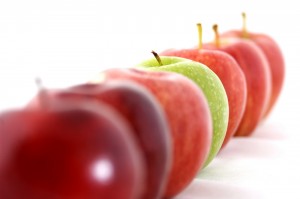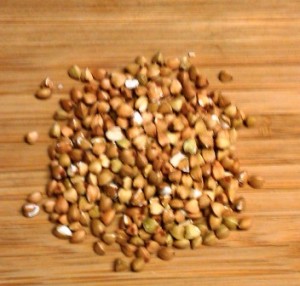Feb 23 2014
Five Hidden Sources of Gluten
The gluten free diet has become very popular for many people. Trendy products in supermarkets, and gluten free menu items can now be found everywhere. Anyone who wants to follow this lifestyle now has the ability to find more than enough choices. But for people who must follow a gluten free regime for life because of a medical condition, gluten avoidance goes beyond merely choosing foods known to be gluten free. One needs to be extra vigilant about avoiding all sources of gluten. Unfortunately, gluten may be lurking in places that one would never imagine. Even meticulous attention to the finer details of gluten avoidance may not prevent incidental exposure to gluten from other places.
Here’s my list of hidden gluten sources which can cross contaminate safe and otherwise gluten free foods :
1. The toaster: If your toaster was previously used for toasting wheat products, this is a source of gluten contamination. It is impossible to clean out the inside of a toaster adequately. Purchase a separate toaster that is used solely for the purpose of toasting gluten free breads or muffins. Alternatively, if you have a toaster oven with a removable tray that can be thoroughly cleaned, you may use that to toast the gluten free bread.
2. Flour sifters: The mesh screen found in flour sifters or mesh strainers are difficult to clean. these items should be replaced.
3. Wooden cutting boards, spoons, spatulas: Wood is porous and if used with wheat products previously, small particles of gluten remain in the wood, despite cleaning.
4. Colanders are often used to drain pasta. The small holes in colanders are difficult to clean and get completely free of contamination.
5. Peanut butter, jam, or mayonnaise are just a few examples of foods that are spread on bread. Knives that come in contact with bread, then go back into a jar will contaminate the spread . Purchase separate jars of each, then label “gluten free ” for the person who needs to avoid gluten.
If you have been maintaining the gluten free diet for a while, yet still experience symptoms, dig a little deeper to see whether you are exposed from a “hidden” source. In addition to the suggestions I’ve listed here, don’t forget to check your medicine cabinet, vitamin, and mineral supplements as well!
Comments Off on Five Hidden Sources of Gluten








 Lately, I’m loving avocado oil! It’s a cooking oil I discovered rather recently, and I now find myself using it almost as frequently as my old mainstay, olive oil.
Lately, I’m loving avocado oil! It’s a cooking oil I discovered rather recently, and I now find myself using it almost as frequently as my old mainstay, olive oil.



